Sinner: Having such a great rivalry is definitely a positive thing.
In the early hours of October 19, during the second Saudi Six Kings Grand Slam final, world number one, Spain’s versatile fighter Alcaraz, and world number two, Italy’s rookie king Sinner, met again for their second consecutive peak showdown, battling for the $4.5 million winner’s purse. Ultimately, Sinner reversed last year’s final outcome—where he lost the first set but won the next two—to this time defeat Alcaraz in straight sets (6–2, 6–4), claiming the Saudi Six Kings Grand Slam title for the second year running.
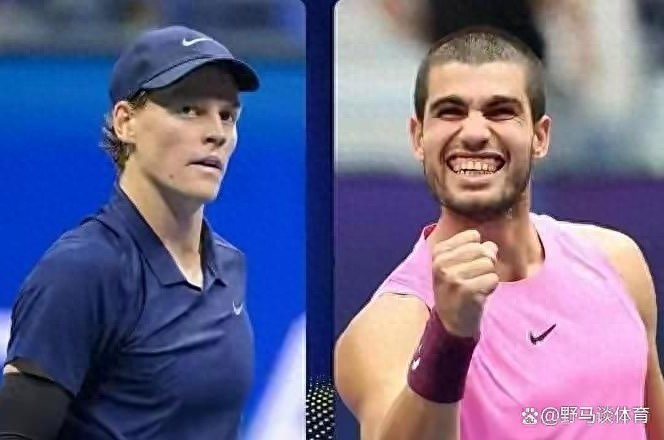
Sinner’s victory in this match fully validates the perspective expressed by the fan community after his failed title defense at this year’s US Open final, which differed from many media outlets and tennis legends!

Sinner and Alcaraz possess two distinct styles and technical characteristics; there is no clear superiority between them. Sinner’s forehand and backhand are swift and powerful, with a robotic-like pressure and consistency; meanwhile, Alcaraz is technically well-rounded and tactically versatile, creating a multidimensional offensive game that covers front and backcourt, both sides, and varying heights.

Their peak battles come down to who is in better form, who plays with greater focus, whose serve is sharper, who commits fewer unforced errors, and whose technical traits and playing style are executed more thoroughly—whoever achieves this can suppress the opponent and secure the final victory.

Sinner’s loss at the US Open final did not break the 17-year streak since 2009 of champions failing to defend the title there. This was not due to his shots being “too predictable” (as Sinner mentioned post-match), prompting him to “make changes even at the risk of losing,” but rather because of his poor serving, lack of aggressive forehand and backhand attacks, and many unforced errors. As long as Sinner intensifies his training, maintains competitive form on court, serves powerfully, and plays aggressive forehand and backhand shots—fully leveraging his robotic-like pressure and stability—he can contend with Alcaraz until the very end and emerge victorious.
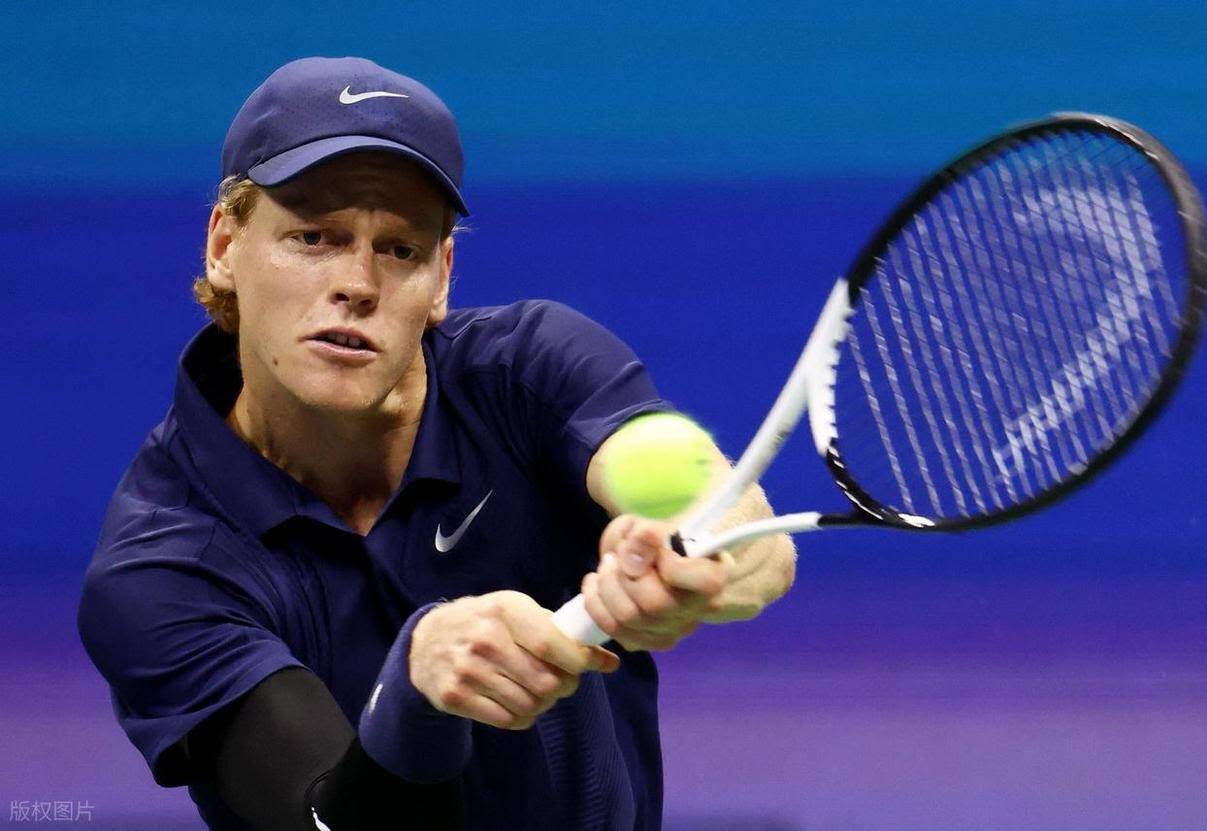
In the 2025 season so far, Alcaraz and Sinner have clashed six times. Except for the French Open final (a very close contest with high chance elements and little typical significance) and the Cincinnati Masters final (where Sinner retired after trailing 0–5 in the first set due to a stomach infection), the other four matches hold strong representative value: the winner and champion in each was the player who best expressed their technical strengths and tactical style, thereby suppressing their opponent and winning the match.
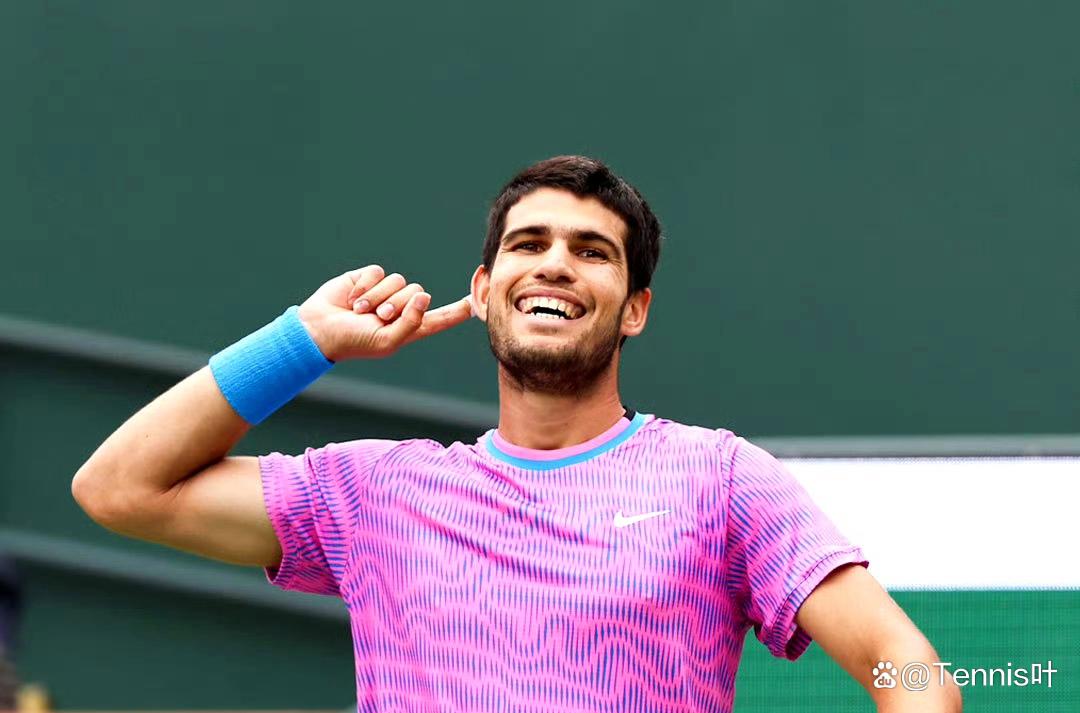
In the Rome Masters final, Alcaraz defeated Sinner in straight sets 7–5, 6–1, claiming his first Rome Masters title. After the match, Alcaraz proudly said, “This was the best match of my career so far because I stayed highly focused throughout, was in great form, confident, and played every point well.”
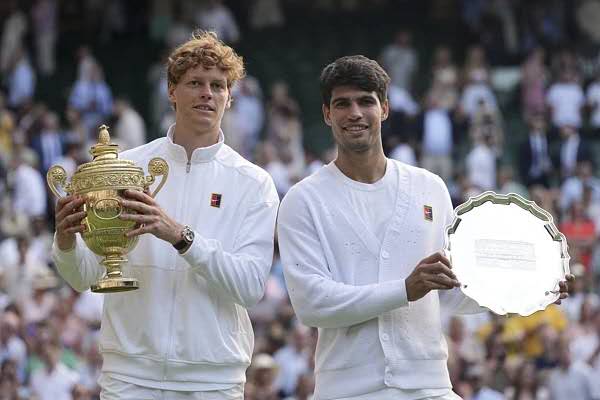
At Wimbledon’s final, after losing the first set 4–6, Sinner rallied to win the next three sets 6–4, 6–4, 6–4, capturing his first Wimbledon title and shattering Alcaraz’s dream of a three-peat. Alcaraz admitted afterward, “My second serve was weak, and I lacked aggression when returning his second serve, which allowed him to gain confidence and attack more freely. I was always on the defensive, making it hard to compete, so defeat was inevitable.”
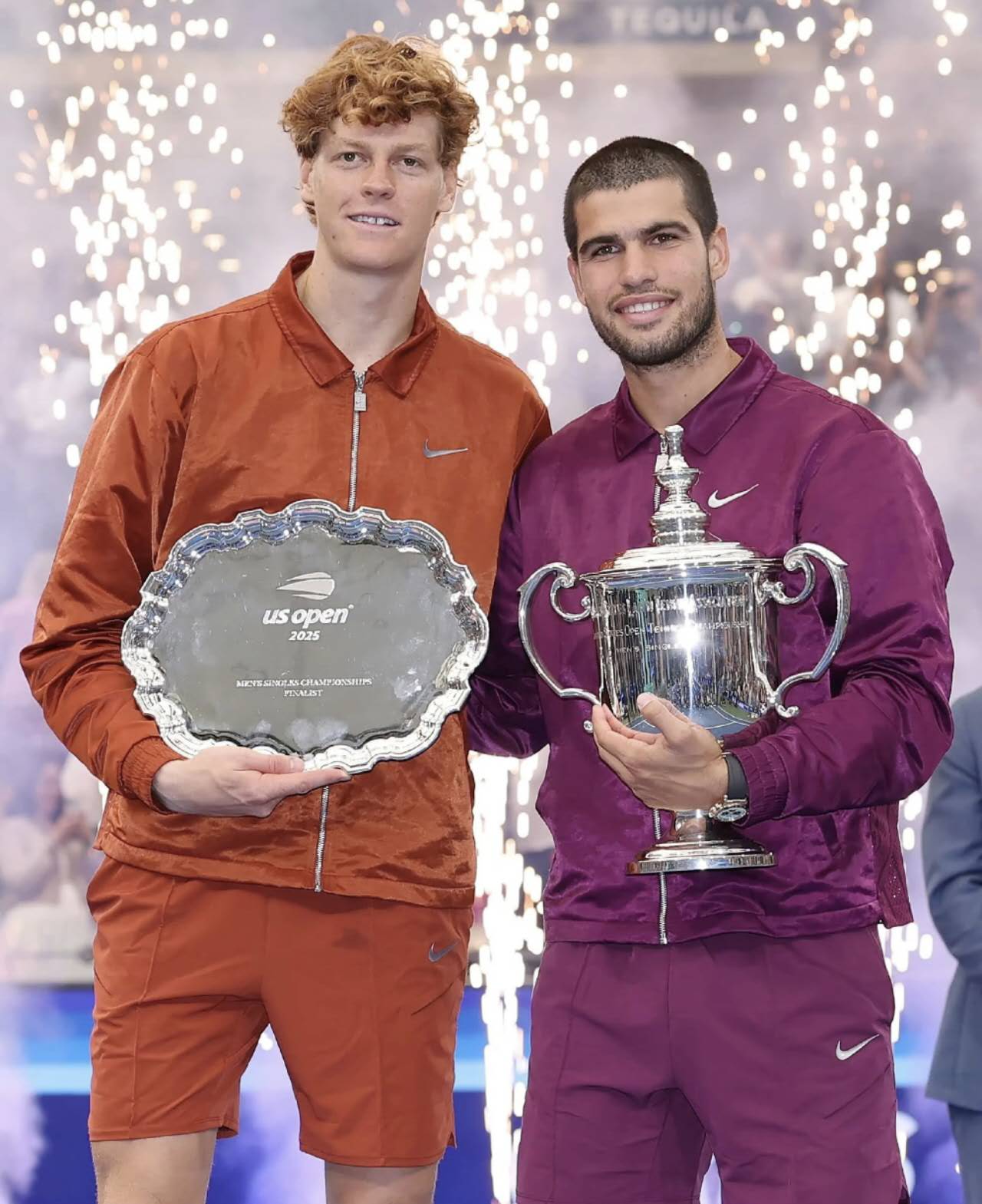
In the US Open final, Alcaraz beat Sinner in four sets (6–2, 3–6, 6–1, 6–4), winning his second US Open title and ending Sinner’s hopes of back-to-back championships. Sinner expressed disappointment after the match: “What I did well at Wimbledon, Alcaraz did better today—whether it was serving, attacking, net approaches, or the skillful use of drop shots and slices.”
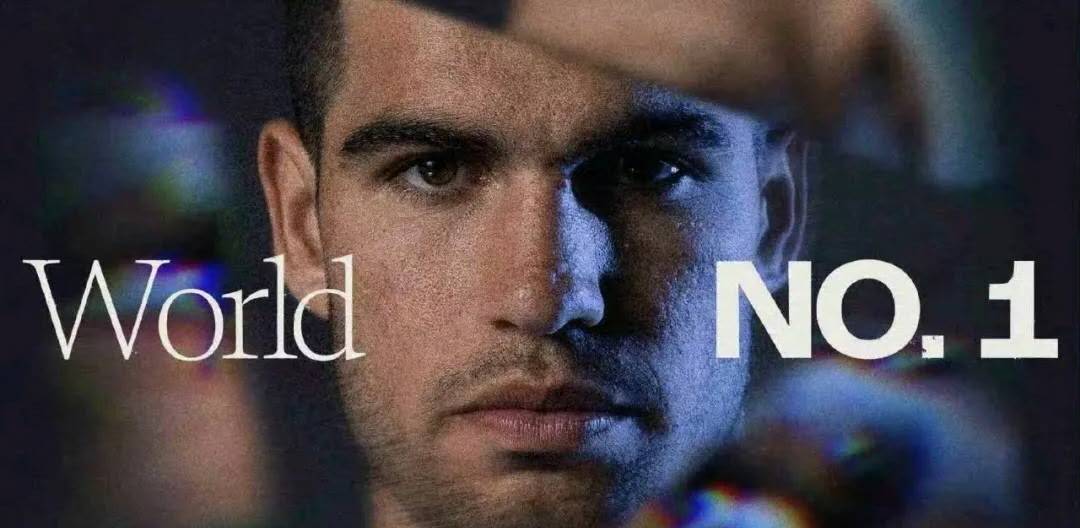
In the Saudi Six Kings Grand Slam final, the better performer was, of course, Sinner. He did not make the many changes he mentioned after losing the US Open final, such as coming to the net more often or using more slices and drop shots. Instead, he fully brought out his technical strengths and playing style—serving well, hitting fast and powerful forehands and backhands with robotic-like pressure and stability. This suppressed Alcaraz, limiting his comprehensive skills and diverse tactics, enabling Sinner to defeat him in the final for the second consecutive year, successfully defending his title.
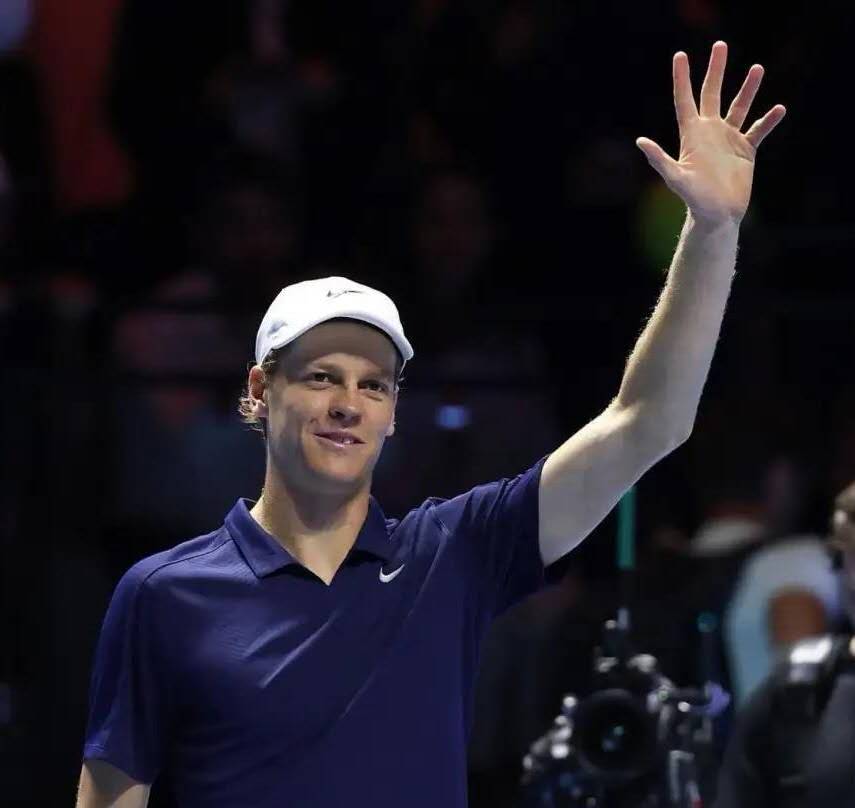
These four finals demonstrate that Alcaraz and Sinner, two chosen ones and lifelong rivals, have become great adversaries, progressing along a path of mutual competition and healthy rivalry. As Alcaraz said, “Sinner’s excellent play motivates me to train harder and improve. Although losing is a complex feeling, it gives me extra drive to become stronger and perform better so that next time I can give my all to beat him.” Sinner shares this sentiment: “I lost to Alcaraz many times this year, and competing against him is an honor. As a tennis player, I need competition and want to keep improving. Having such a great rivalry is definitely a good thing.”
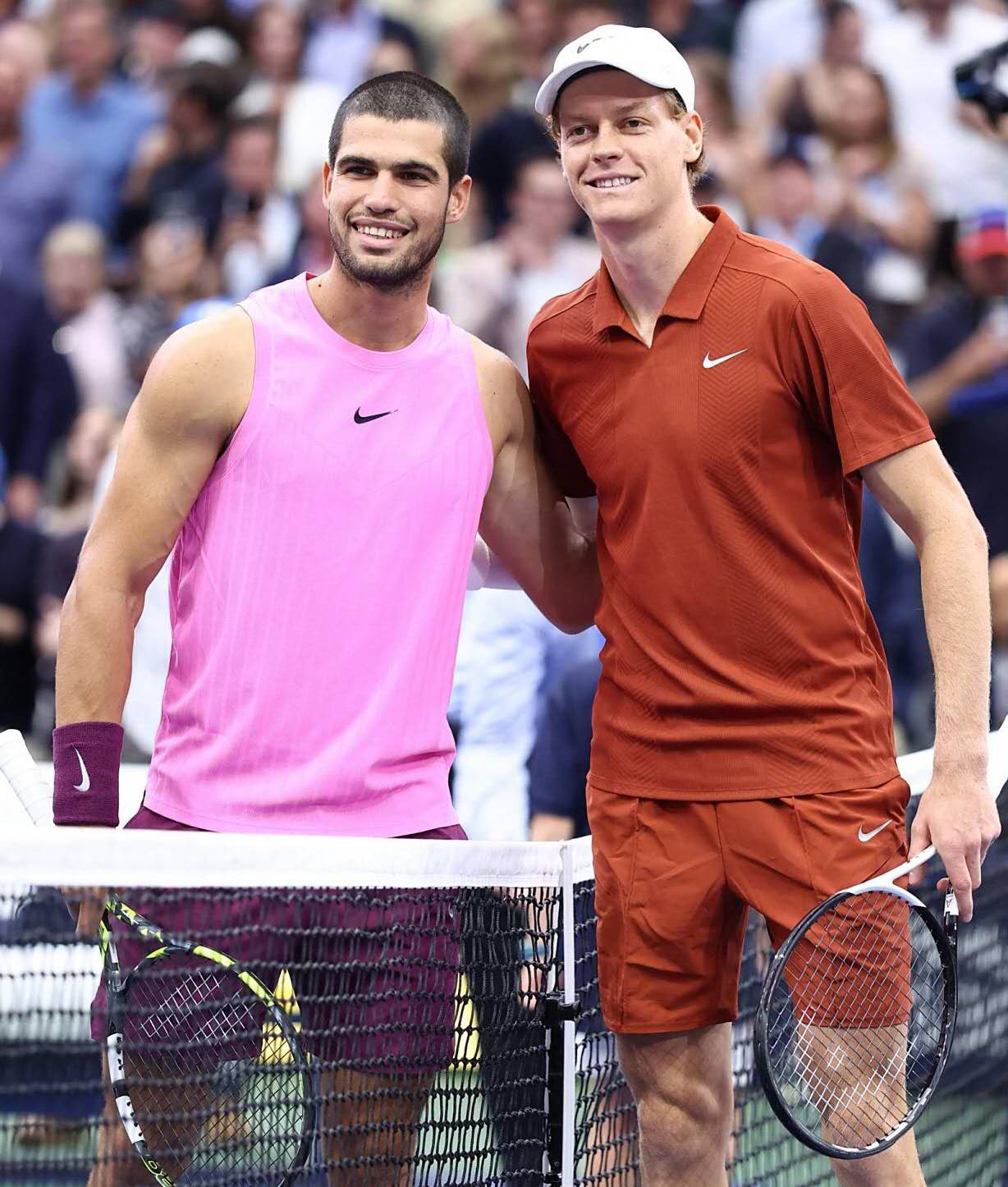
(Source: Tennis Home, Author: Qicai Doufen)







 Links
Links
 Contact
Contact
 App
App


